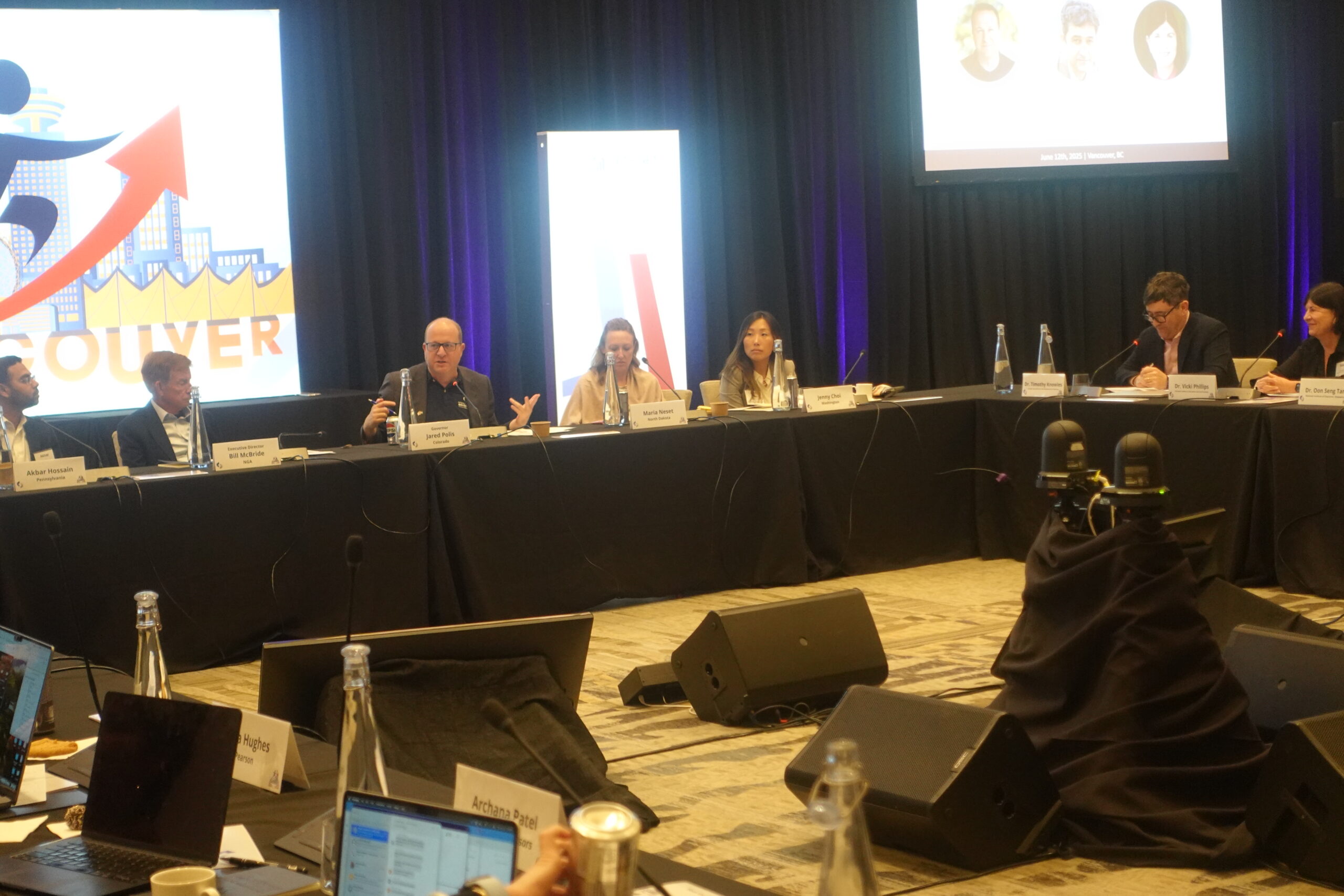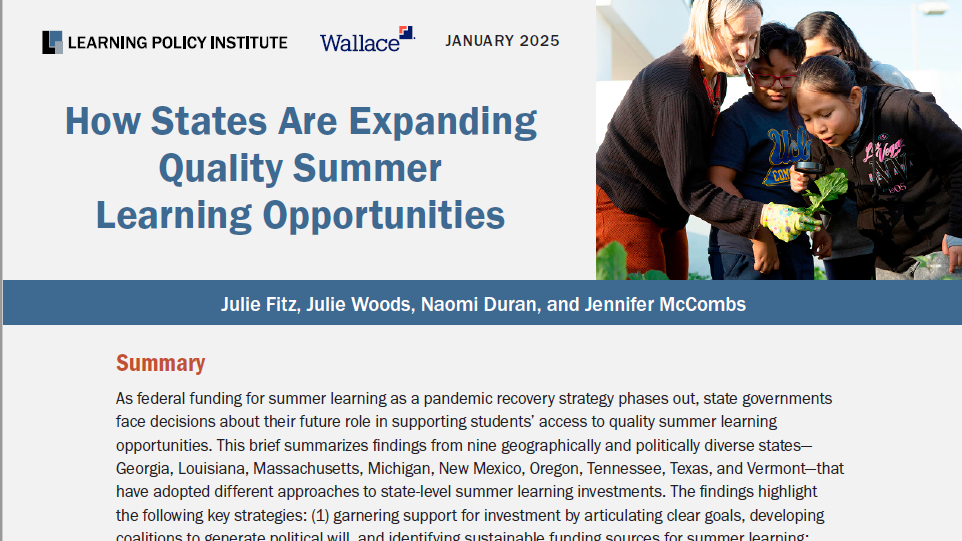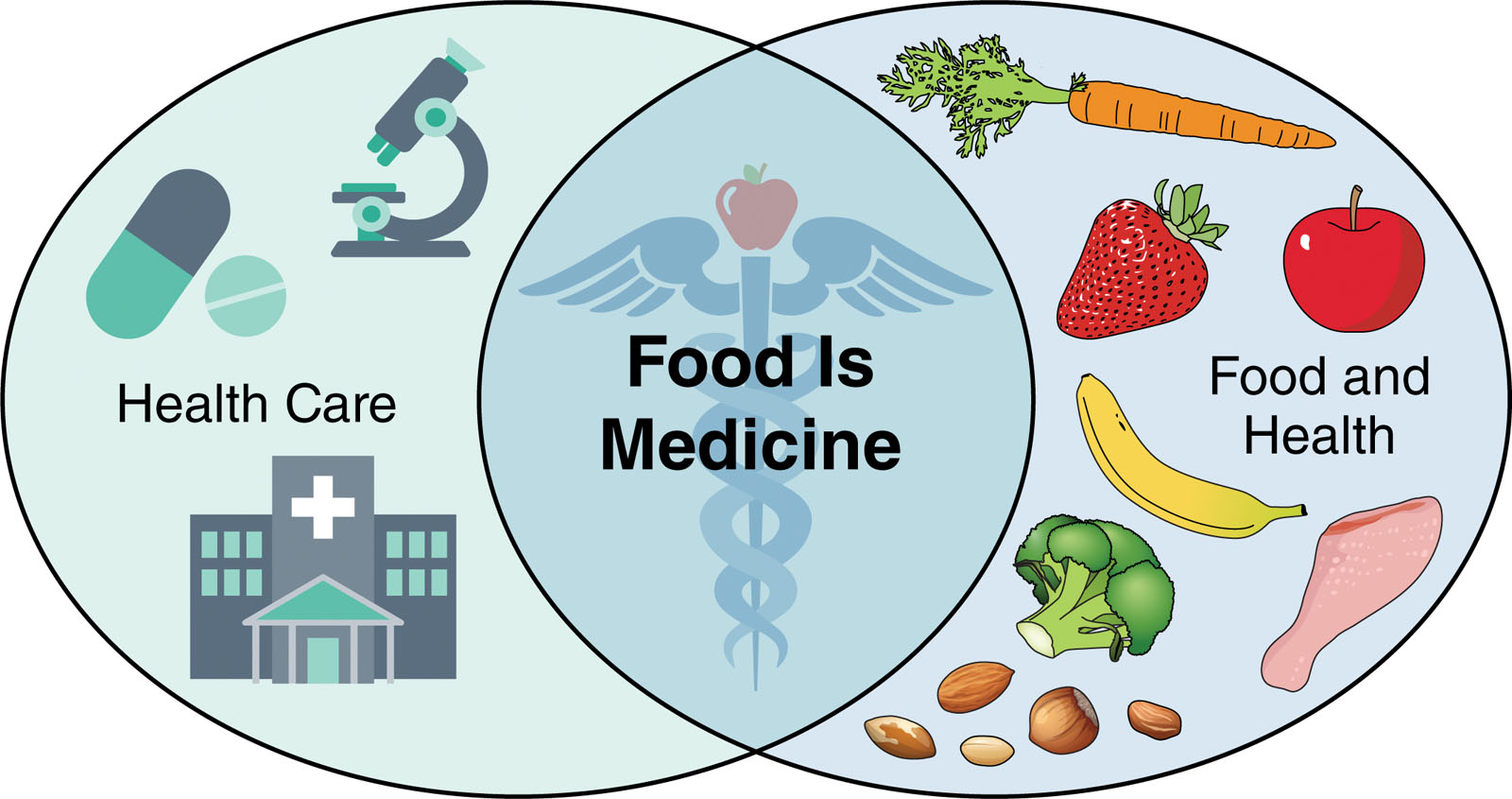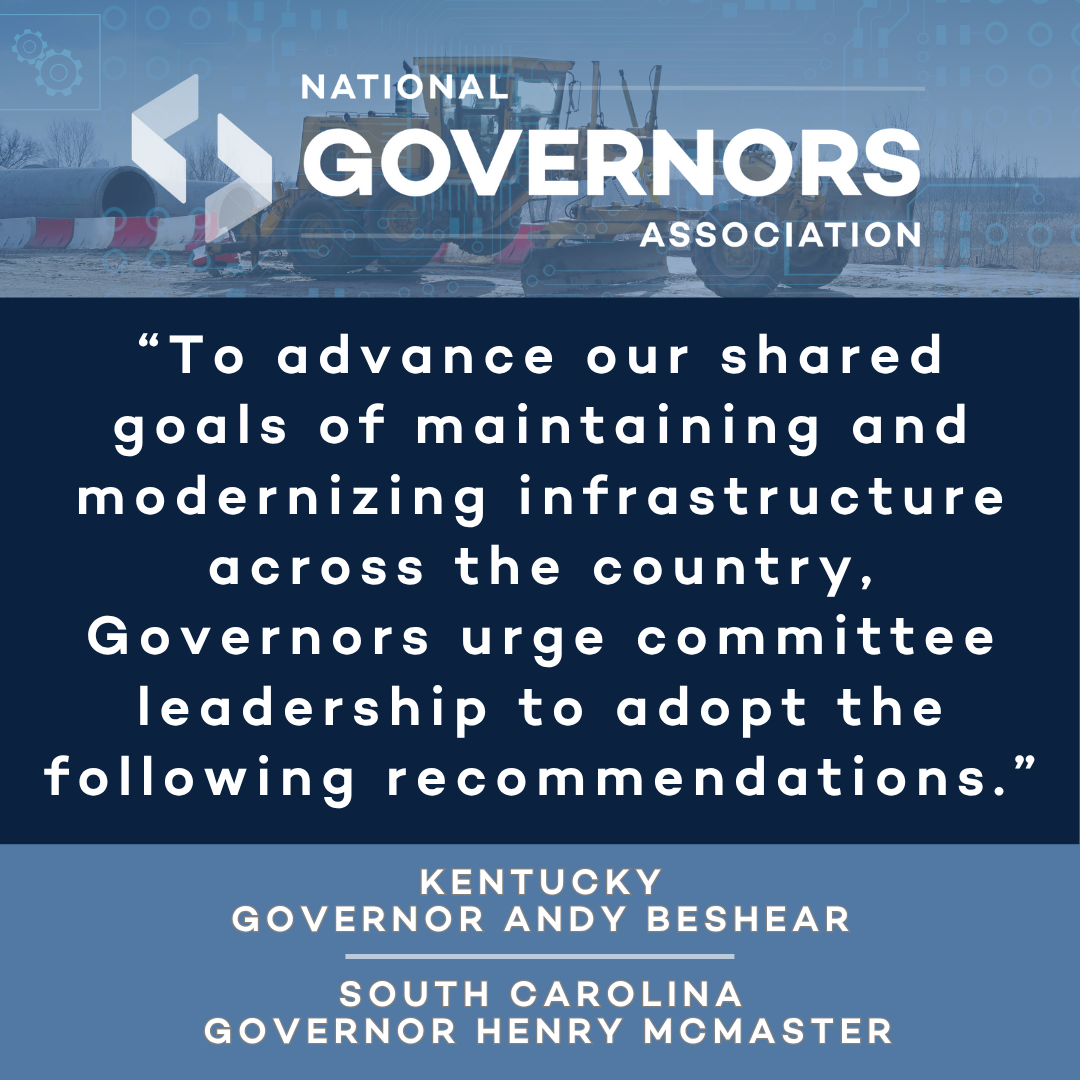
State and territory workforce development programs are crucial for addressing local labor market needs by providing training and education that align with current industry demands. These programs also support economic growth by fostering a skilled workforce that attracts businesses and encourages investment. Ultimately, they play a vital role in promoting economic mobility and reducing inequality within communities. The 2025 Winter Workforce Development Policy Institute opened with a rapid-fire discussion of recent successes and challenges states and territories have seen as they work to improve workforce development for individuals and communities.
Here are themes from the successes presented:
- Expanding Apprenticeship: States and territories are using registered apprenticeship and youth apprenticeship programs as tools to expand access to training for high-demand occupations. In coordination with industry and education systems, new programs created through both state and federal funding streams have enrolled tens of thousands of apprentices across the country. Initiatives highlighted include apprenticeships for training teachers, construction workers, and other in-demand positions in advanced manufacturing, healthcare, IT, and finance.
- Utilizing AI and Innovative Technology for Workforce Service Delivery: Efforts to modernize service delivery are leading states and territories to create new platforms to enhance digital service offerings. Online career exploration tools, case management systems, and repositories for training provider lists are improving accessibility of workforce resources. States are also looking at opportunities to integrate artificial intelligence into service offerings, with early successes noted in the use of AI to improve Unemployment Insurance processes and customer-facing career matching tools.
- Advancing Data and Accountability Systems: States and territories are creating frameworks to take inventory of existing programs and define common metrics to track progress towards measurable goals. Highlighting opportunities to align workforce metrics with those used by state education entities and related programs, workforce systems are looking at ways to go beyond federally mandated outcome reporting and utilize data for strategic decision making.
- Strategies to Increase Labor Force Participation: Recognizing the need to bring new workers into the labor force, workforce systems are creating vehicles for supportive services to address barriers to work. Childcare, transportation and housing were frequently identified as reasons preventing individuals from joining the labor force. Programmatic support for identified populations of need, such as veterans, was also identified as a critical piece of the puzzle.
- Improving Workforce System Governance and Alignment: Redefining workforce programs’ administering agencies, reevaluating local area designation, and improving alignment with education systems are among the ways states and territories are taking steps to streamline the workforce system. States highlighted efforts to take a close look at Governor’s Workforce Development Board governance, ensuring the ability for Boards to be used as a strategic body to advance workforce development goals.
With Governors and other state leaders innovating in strategies for workforce development, the above is just a snapshot of the work being done. Bookmark the NGA Center’s Workforce Development & Economic Policy program page for more information and updates.













